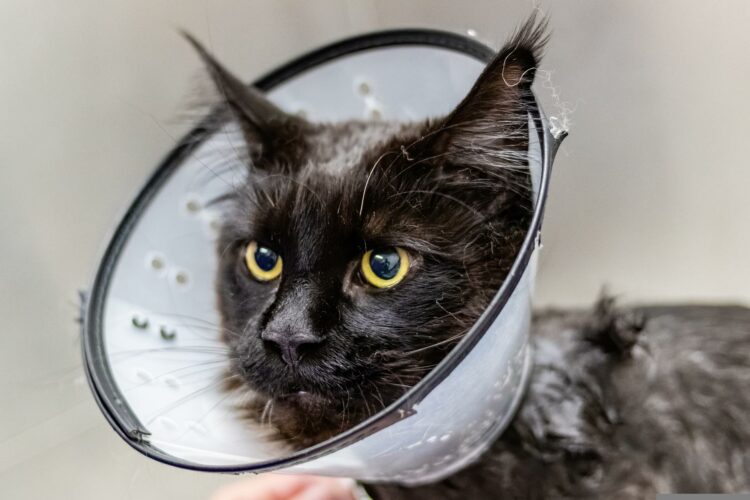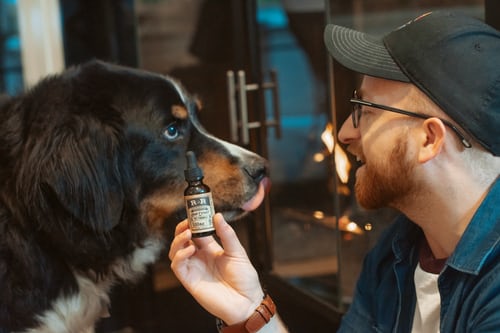Guest post courtesy of Melissa Hathaway. The views and opinions expressed in this article are those of the guest author and do not necessarily represent the views of Val Heart & Heart Communication Enterprises Inc.
Pet insurance and pre-existing conditions
Over the last decade pet insurance has become more popular with pet owners. This is in part due to greater awareness of our pets and their medical conditions. All pet owners and pet lovers want the very best for their animals and as veterinary science has improved, so have the chances of pets to survive and overcome their conditions. As a direct result of this, the cost of treating pets has gone up as well. With the economy struggling, pet owners need to weigh up whether to insure their pets or not. There is, however, another consideration to make. Does your pet have a pre-existing condition? If it does, the chances are that your pet will not be eligible for insurance anyway.
Pet insurance is defined as a written policy or contract between the insurance company and the pet owner. This policy is designed to help the pet owner cover the cost of any medical/veterinary bills that come about because of an accident or illness. This policy covers either part or all of the bills.
What Conditions May Be Excluded
There is quite a long list of pre-existing conditions that will preclude a pet from receiving insurance. First, heart murmurs will prevent all cats from getting insurance as will hyperthyroidism, the Feline Immunodeficiency Virus or FIV, Feline Leukemia (FELV) and Feline Infectious Peritonitis. More general conditions that affect different types of pets include cancers, cardiomyopathy, Cushing’s disease, diabetes, encephalitis, hepatitis, renal failure, liver disease or liver inflammation, heart disease, lymphoma, melanoma, meningitis and some neurological conditions.
Why Are They Excluded?
The insurance industry works so that pet owners get peace of mind that if something unexpected happens to their pet, they can have the money to pay for treatment or some kind of monetary compensation if they lose their pet. No amount of money will replace a loved one, but it offers a small amount of comfort. For insurance agencies, the profit comes from monthly or yearly premiums and from not paying out. Naturally, the state of play is that all payments should be unexpected and if an animal has a pre-existing medical condition it means that payouts are far more likely and so the insurance broker will calculate that they are more likely to pay out more than they receive from you, so there is no point insuring your pet. It is either that or you pay a premium that is unaffordable.

What is Not Excluded?
Unlike humans before the Obamacare act, some pets can still be covered despite certain pre-existing conditions. Many of those mentioned above will be excluded because the conditions are so severe they will cause other symptoms or will be too expensive to cover. Pet insurance companies will insure some pets with minor problems such as a dodgy knee on a dog or cat. This comes with a clause naturally that states any surgery or treatment generated by this pre-existing condition will not be covered by the insurance company, but anything else that is separate to the condition will be. Read policies carefully to see whether your pet’s minor condition will allow it to still receive some kind of partial-coverage.
Advice for Pet Owners
Naturally, the list above is pretty extensive and is a lot longer for many pet insurance companies. It looks worrying, but you can deal with it. The optimum time to insure your pet is when they are young and before any inherited conditions or illnesses have developed or shown themselves. This is why pet insurance is best taken out when your cat or dog is still a kitten or pup. At this time premiums will be lower because the pet is young and healthy with no medical history to worry owners. Naturally, if your pet develops some kind of problem in the future and a claim is made against that policy, the cost of the insurance will go up considerably. With pet insurance perhaps being a one-claim only policy, it may be worth considering when to exercise it and to not use it for relatively minor veterinary bills, but to save the policy for the day you never hope arrives.
The question then is what to do next. Pets with pre-existing conditions need to be looked after. Research their condition and find out what can be done to manage the condition and if it can be done in an affordable manner. For example, look at diet or hormone tablets or exercise routines, living conditions and so on. While these may not cure the problem, anything that can improve the pet’s standard of living and reduce veterinary costs is worth exploring.
Enjoyed this article? Here are three more to help you:
First-Aid for Laminitis
Find Money for Life-Saving Pet Surgery
Pet Insurance: Because They’re Worth It






Leave a Reply